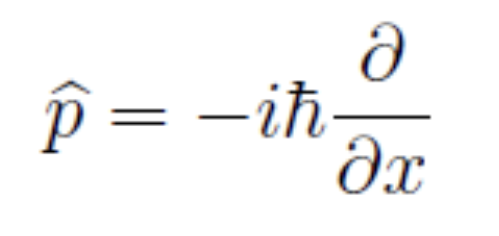Physical Chemistry (I. Quantum Mechanics)
1/11
Earn XP
Description and Tags
Contains necessary topics to be memorized for general physical chemistry.
Name | Mastery | Learn | Test | Matching | Spaced |
|---|
No study sessions yet.
12 Terms
Blackbody Radiation
The thermal radiation emitted by a perfect blackbody, which absorbs all incident radiation, is characterized by a spectrum that depends solely on its temperature, described by Planck's law.
Rayleigh-Jeans Law
An early model for blackbody radiation, proposing that energy density is proportional to the square of the frequency of the radiation, which fails at short wavelengths. It predicted that a blackbody would emit infinite energy at short wavelengths, but experiments showed this was incorrect.
Ultraviolet Catastrophe
The phenomenon wherein classical physics predicts an infinite amount of emitted energy from a blackbody at ultraviolet wavelengths, contradicting experimental observations and leading to the development of quantum mechanics.
Blackbody Quantization Formula
E=nhv
Wave-Particle Duality
Electron exhibits particle and wave-like properties by de Broglie.
de Broglie Equation
λ= h/p = h/mv
Double Slit Experiment
Shows the wave-particle duality of light. (1) As a wave: when particles pass through the double slits, each acts like a wave and interferes with itself, producing an INTERFERENCE PATTERN; (2) As a particle: when a DETECTOR is used to determine which slit the particle goes through, the interference pattern vanishes, and TWO SEPARATE BANDS appear.
6 Postulates of Quantum Mechanics
Wavefunction
Hermitian Operators
Eigenvalues
Expectation Values
Time-dependent Schrodinger Equation
Pauli-Exclusion Principle
Criteria for acceptable wavefunction (4)
Continuous and Continuously differentiable
Single-valued and finite
Square-integrable
Can be normalized
Hermitian Operators
Operators that represent measurable quantities, hence, their eigenvalues are always real numbers.
NOTE: When two Hermitian Operators commute (AB=BA), they can have a common set of eigenfunctions and both observables can be measured at the same time.
Momentum (Px) formula
The formula for momentum in quantum mechanics, represented by:

Potential Energy Operator (V)